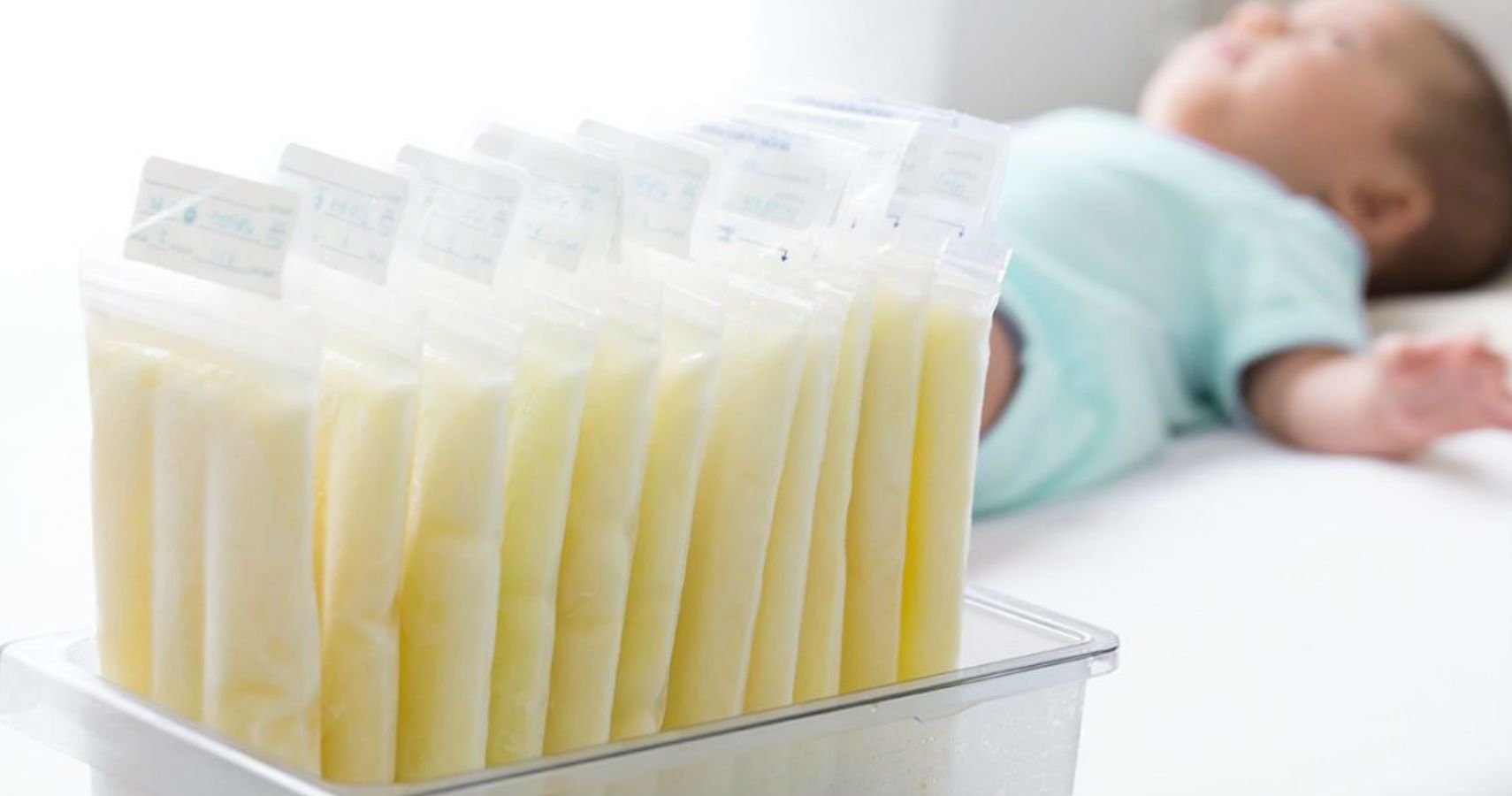Is breastmilk sharing actually safe? Experts weigh-in on the controversial debate.
The practice of sharing, donating human breast milk or being a wet nurse has been a common practice across time and cultures for about as long as there have been little babies in the world. The stigmas associated with it, however, remain complicated: coming from a gap in resources, lack of communication and support from the larger medical community, the shame mothers constantly hear that “breast is best” when they are not producing enough (or any milk) for their infants paired with a sheer lack of information about how to do it safely can make the post-partum journey difficult.
If you decided you want to donate your breastmilk know that you aren't alone and many women have and already do it. Donating your breast milk is a fundamentally altruistic act — you can create and understand the emergency and real desire to help mothers keep their babies fed. With more and more people connecting via social media and using the Internet for informal sharing of breast milk, it’s important to understand the safety concerns that the medical community feels about the practice. There are wetnurse advocates who argue that this practice can be made safer and want to ensure no babies will be harmed by doing so.
So where does the formal breast milk go? Families that have preterm babies, insufficient maternal supply or other medically necessary reasons are able to access donor milk with help from nonprofit milk banks governed by the Human Milk Banking Association of North America (HMBANA).
Diane Spatz is the clinical director of the milk bank and faculty advisor to student nurses for the lactation program at the Children’s Hospital of Philadelphia. She is an expert on donor milk and advises about all the safety precautions donors and recipients should look for. Spatz notes that the costs can be prohibitive for some families. In the absence of insurance to cover the bill, an ounce of donor milk can run for $3-$5. For growing babies that drink roughly 25 ounces of milk a day, give or take, the costs can quickly add up. Spatz notes that insurance often doesn’t cover appropriate breastfeeding care.
Even then, Spatz says families that may still need milk for their infants might not qualify for milk through the HMBANA, may turn to other sources to maintain their supply. There are for-profit milk banks and online communities for people who sell their breast milk that can be controversial on their own, given the complex and often racial exploitation of women of colour as wet nurses.
This leads to the growing number of parents who engage in informal sharing through their communities and extended networks. Families are finding breastmilk donors through friends, family, Facebook or other websites dedicated to connecting donors with parents in need. However, informal sharing of breast milk is still considered a “gross,” controversial or an unsafe alternative to the seemingly-highly regulated industry of baby formula, Maria Armstrong, a community breast milk sharing consultant associated with Eats on Feets, explained.
Naomi Bar-Yam, the executive director at Mothers’ Milk Bank Northeast explained that the lack of education about human milk — especially among pediatricians — has made it even more difficult for caregivers to have open conversations about milk-sharing in a safe way. Pediatricians are under-educated about human milk, Bar-Yam says. She explained they spend half an hour or less studying the topic in school. She added that the biggest hurdle in helping parents make better choices about milk-sharing comes from lack of knowledge about human milk paired with the aggressiveness of companies that sell formula.
“Doctors are getting better at understanding that they’re a part of a team and I hope pediatricians know to refer parents to another specialist if they don’t know much about milk-sharing,” she stated. “But there needs to be a shift in how the medical community thinks about these things and there needs to be a distance between the pharmaceutical industry and medical practices.”
Overall, Spatz says she still advocates for the use of human milk for babies and believes its role as a “lifesaving medical intervention.” Still, she and her team developed a waiver which parents must sign if they wish to opt for informal breast milk sharing — to emphasize the importance of fully understanding what you’re opting to do.
“Parents should be aware of the risks of informal milk sharing and how to minimize risk,” Spatz says. “Know your donor, get their labs, their health history, make sure they know how to properly pump, label, store milk, that they know how to wash and sterilize their pump equipment.”

